I'm trying to wrap my head around the value underneath the Java Transactions API (JTA) and one of its implementations, Bitronix. But as I dig deeper and deeper into the documentation, I just can't help but think of the following, simple example:
public interface Transactional {
public void commit(Object);
public void rollback();
}
public class TransactionalFileWriter extends FileWriter implements Transactional {
@Override
public void commit(Object obj) {
String str = (String)obj;
// Write the String to a file.
write(str);
}
@Override
public void rollback() {
// Obtain a handler to the File we are writing to, and delete the file.
// This returns the file system to the state it was in before we created a file and started writing to it.
File f = getFile();
// This is just pseudo-code for the sake of this example.
File.delete(f);
}
}
// Some method in a class somewhere...
public void doSomething(File someFile) {
TransactionalFileWriter txFileWriter = getTxFW(someFile);
try {
txFileWriter.commit("Create the file and write this message to it.");
} catch(Throwable t) {
txFileWriter.rollback();
}
}
Don't get too caught up in the actual code above. The idea is simple: a transactional file writer that creates a file and writes to it. It's rollback() method deletes the file, thus returning the file system to the same state it was in before the commit(Object).
Am I missing something here? Is this all the JTA offers? Or is there a whole different set of dimensionality/aspects to transactionality that isn't represented by my simple example above? I'm guessing the latter but have yet to see anything concrete in the JTA docs. If I am missing something, then what is it, and can someone show me concrete examples? I can see transactionality being a huge component of JDBC but would hopefully like to get an example of JTA in action with something other than databases.

